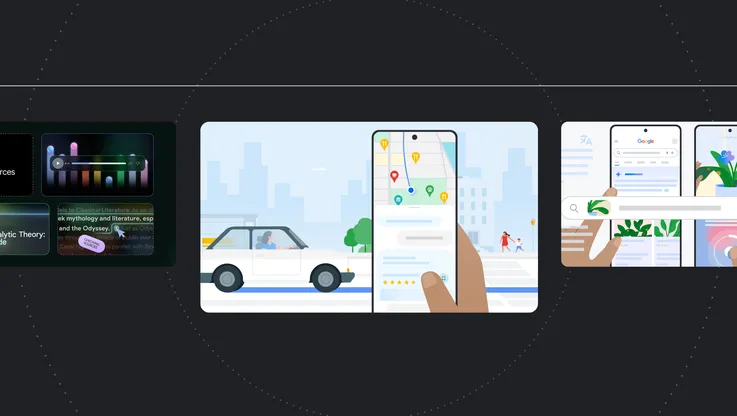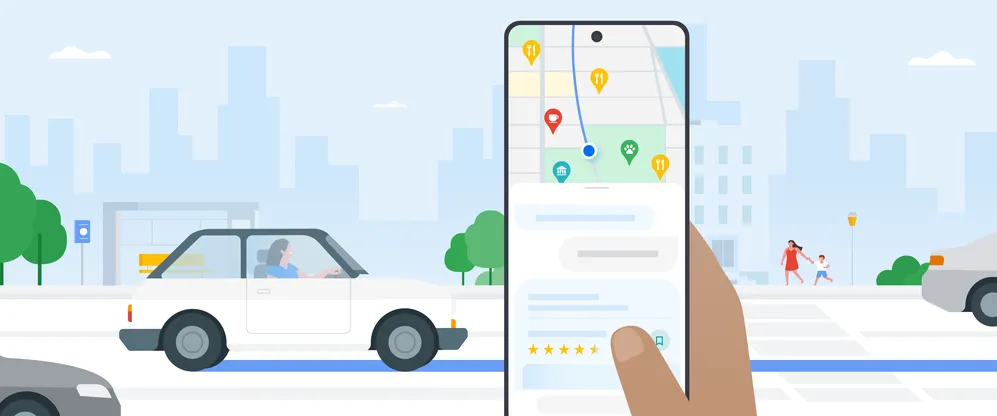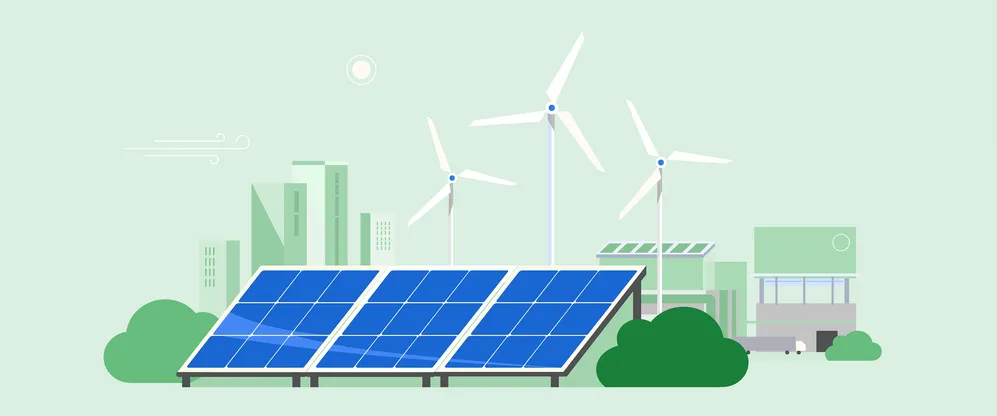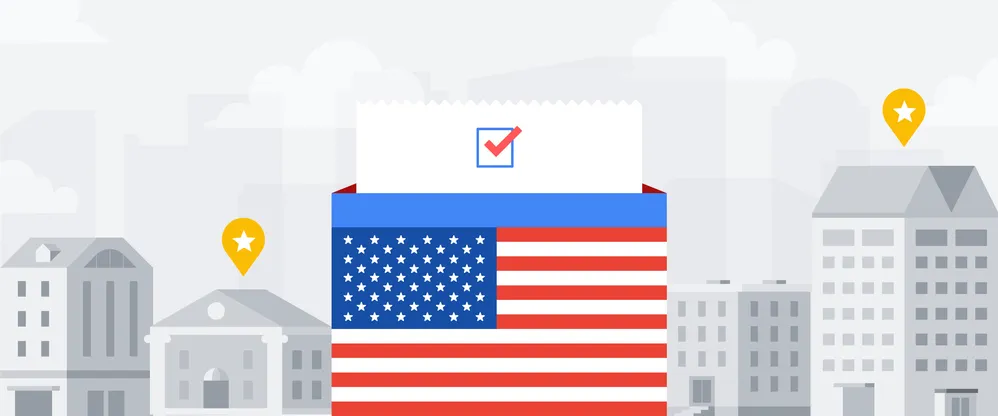How Plus Codes helped create new home addresses in India

Editor’s note: Smita Kale is a Director of Shelter Associates in Pune, India. With a background in statistics, data analytics and public health, she has been working with Shelter Associates for nine years.
Today, about one in every six people in urban India live in slums. Homes in slums are usually located on unnamed roads without clear or formal addresses. Because of that, it’s next to impossible to provide help when the residents need it — whether it’s for simple things like getting a package delivered or for urgent crises that need an ambulance. Even basic social services like creating identification cards, opening a bank account, or getting electricity and gas require having a permanent address.
Founded by three architects in 1994, Shelter Associates is an organization whose mission is to get every single person in India access to basic infrastructure. In 2018, we started using Google’s Plus Codes, an open-source API that generates an address based on latitude and longitude, displayed as a combination of numbers and letters. These unique addresses can be assigned to any location and can be found using Google Maps and Google Search.

Adding Plus Codes to physical maps to make it easier to find addresses
For slum residents, this was a huge opportunity. We got to work, distributing a unique Plus Code address to as many underserved households as possible and finally giving them an address that they could call home. These unique digital addresses also gave them access to resources and services they had never had before— like sanitation services or bank accounts. As important as it is to build bigger, safer homes for slum dwellers, these housing projects take so long that we need some short-term solutions in the meantime to make life in the slums a little easier. To date, we’ve been able to create Plus Codes for over 87,000 slum homes.

Bhagyashree is one Plus Code recipient who lives in a slum. She owns an electrical store and would always need to order her supplies to be delivered to the nearest landmark to her home, because she didn’t have an address to use. With her own new address, she can get all of her goods sent straight to her own place — saving her the extra time and effort.
Or Rajashree — a housewife who runs a small shop in front of her home. One day during the monsoon season, a manhole in the middle of the road was overflowing with sewage water by her house. Rajashree immediately contacted authorities, sharing her Plus Codes address so they could reach her and repair it before it flooded her shop.
Governments and NGOs usually find it difficult to help vulnerable communities like this because of a lack of reliable data. Without data, it’s impossible to know which households are in need of resources — and what kind. Plus Codes has helped us make a full database of slum households, which has in turn helped the government reach these underserved people.
In this way, it’s our mission to make the invisible, visible. Every slum resident deserves to be seen and have their needs met, to have access to the same resources that everybody else has, and feel a part of society. All it takes is a simple step: an address they can call their own.






